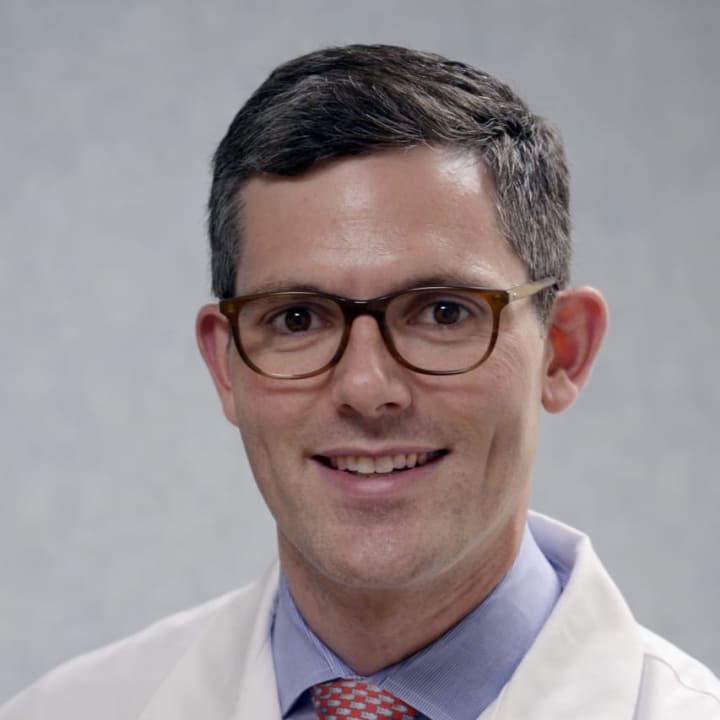A physician is the best resource to get an accurate diagnosis and treatment plan for your hip and knee pain. For osteoarthritis, early treatment and prevention begins with modifying recreational activities to decrease the frequency of impact sports such as running and competitive athletics. You can adapt non-impact activities, such as an elliptical, aquatic-based exercises and cycling, into your exercise routine. It’s always good to have a mix of physical activities to keep your body in the best shape possible.
In general, I’ve observed that patients who do yoga, Pilates or Tai Chi often can cope with more severe hip and knee disease for longer periods of time, likely because they have increased flexibility and muscle strength around their joints. They typically don’t visit a doctor until their osteoarthritis is quite severe.
On the other hand, people who do not exercise or are overweight tend to experience joint pain sooner after the onset of osteoarthritis. My first step for these patients is to suggest a non-impact exercise program and work with them on a strategy for weight reduction, if needed.
Depending on the level of pain that you’re experiencing, you could be prescribed directed exercise or physical therapy programs before a more invasive intervention such as a joint injection or surgery.
Through HSS Orthopedics at Stamford Health, I am privileged to now be able to make world class care more convenient for Fairfield County residents. My office is at the HSS Stamford Outpatient Center at Chelsea Piers, and my colleagues and I perform surgeries at both Tully Health Center and Stamford Hospital, in addition to Hospital for Special Surgery in Manhattan.


